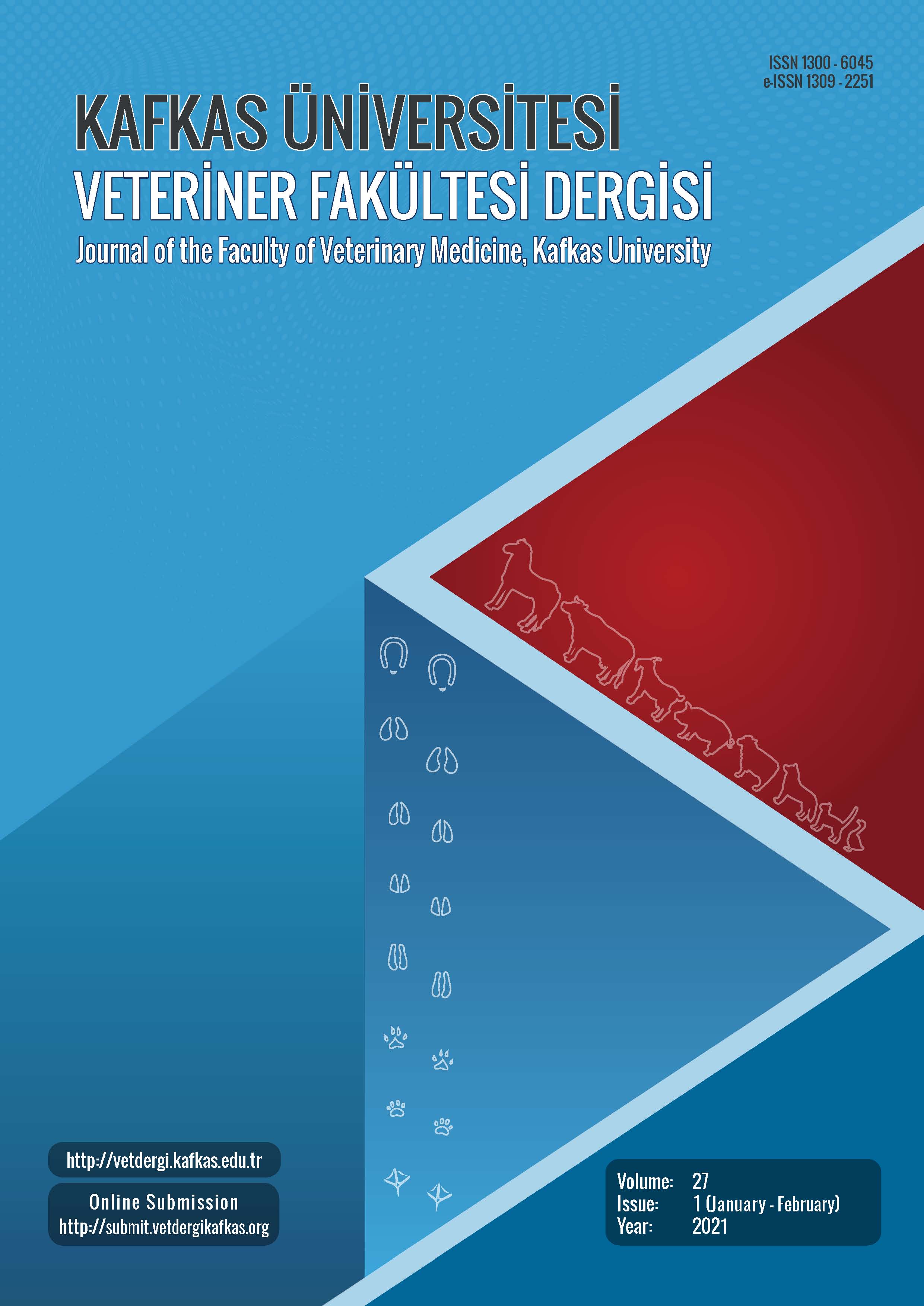
This journal is licensed under a Creative Commons Attribution-NonCommercial 4.0 International License
Kafkas Üniversitesi Veteriner Fakültesi Dergisi
2021 , Vol 27 , Issue 1
Prediction of Immunoglobulin G in Lambs with Artificial Intelligence Methods
1Department of Computer Engineering, Faculty of Çorlu Engineering, Tekirdağ Namık Kemal University, TR-59860 Tekirdağ - TURKEY2Department of Internal Medicine, Faculty of Veterinary Medicine, University of Kafkas, TR-36100 Kars - TURKEY
3Department of Chemistry, Faculty of Art and Science, University of Kafkas, TR-36300 Kars - TURKEY
4Department of Internal Medicine, Faculty of Veterinary Medicine, University of Aksaray, TR-68100 Aksaray - TURKEY DOI : 10.9775/kvfd.2020.24642 The health, mortality and morbidity rates of neonatal ruminants depend on colostrum quality and the amount of Immunoglobulin G (IgG) absorbed. Computer-aided estimates are important as measuring IgG concentration with conventional methods is costly. In this study, artificial neural network (ANN), multivariate adaptive regression splines (MARS), support vector regression (SVR) and fuzzy neural network (FNN) models were used to predict the serum IgG concentration from gamma-glutamyl transferase (GGT) enzyme activity, total protein (TP) concentration and albumin (ALB). The correlation between parameters was examined. IgG positively correlated with GGT and TP and negatively correlated with ALB (R = 0.75, P<0.001; R = 0.67, P<0.001; R = -0.17, P<0.01, respectively). IgG, GGT, and TP cut-off values were determined for mortality, healthy, and morbidity in neonatal lambs by decision tree method. IgG ≤113 mg/dL (P<0.001), GGT ≤191 mg/dL (P=0.001), and TP ≤45 g/L (P<0.001) were determined for mortality. IgG >575 mg/dL (P=0.02), GGT >191 mg/dL (P<0.001), and TP >55 g/L (P<0.001) were determined for healthy. It has been observed that the FNN is the most successful method for the prediction of IgG value with a correlation coefficient (R) of 0.98, root mean square error (RMSE) of 234.4, and mean absolute error (MAE) of 175.8. Keywords : Artificial neural network, Decision tree, Fuzzy neural network, Immunoglobulin G, Multivariate adaptive regression splines, Support vector regression










